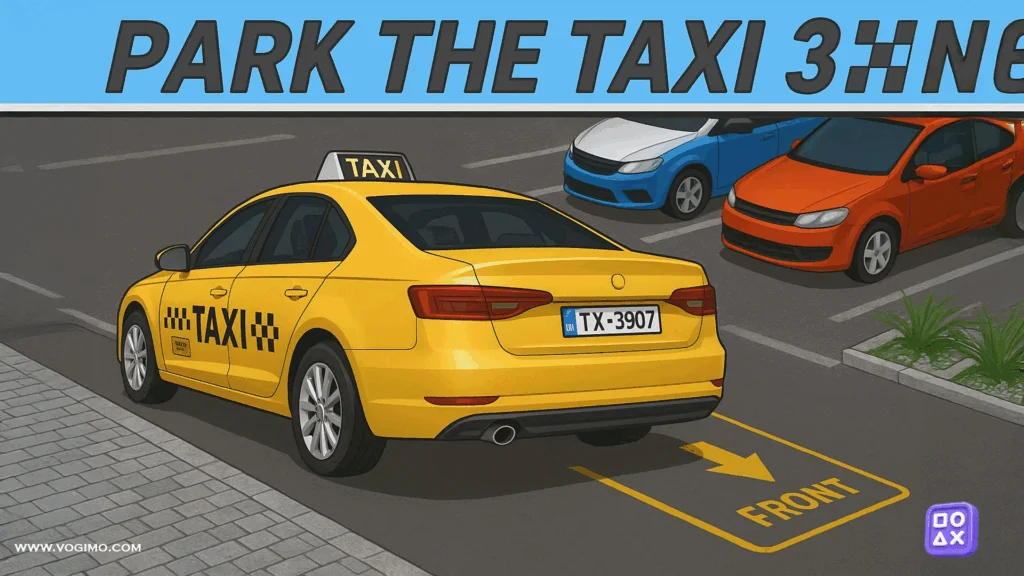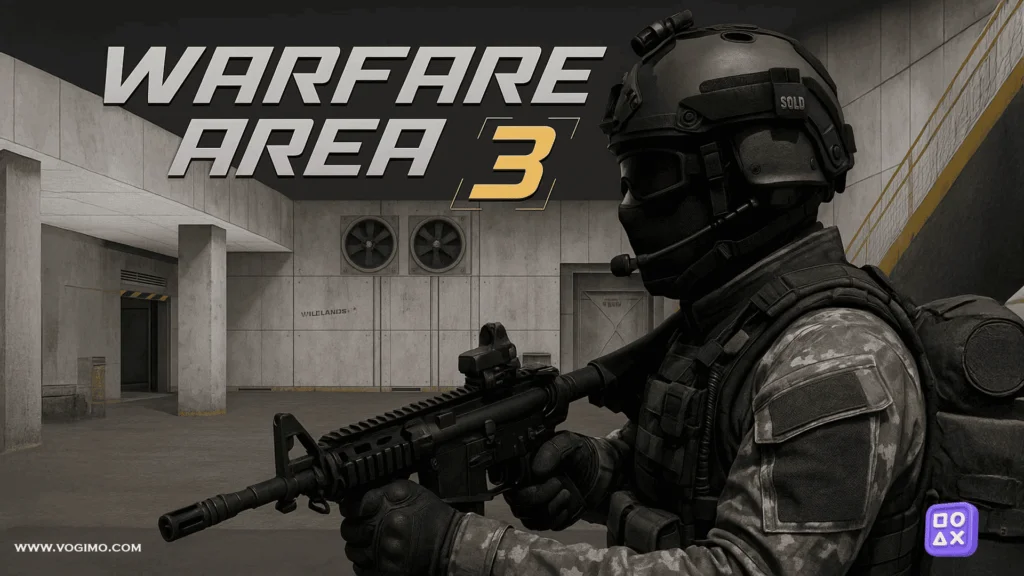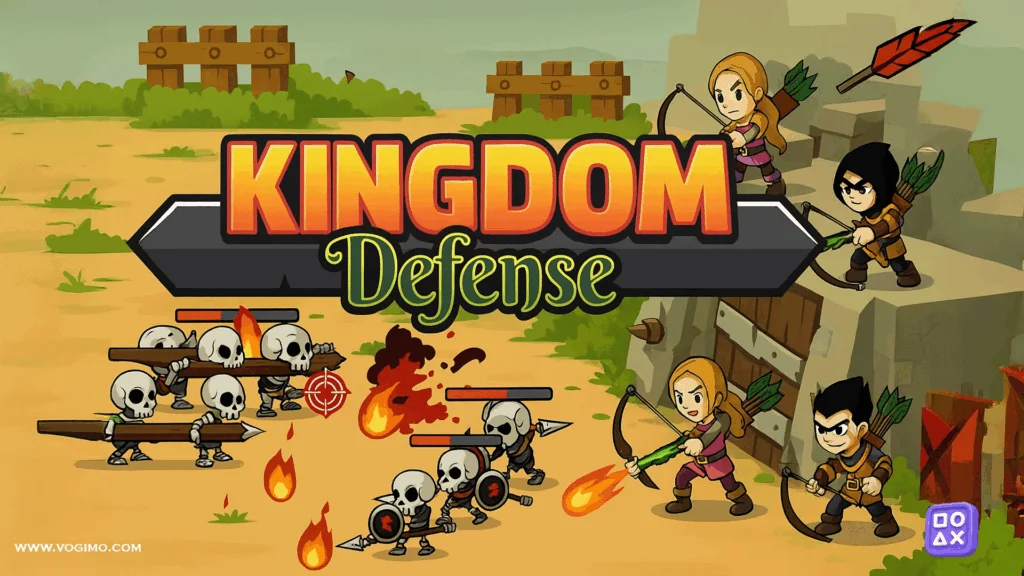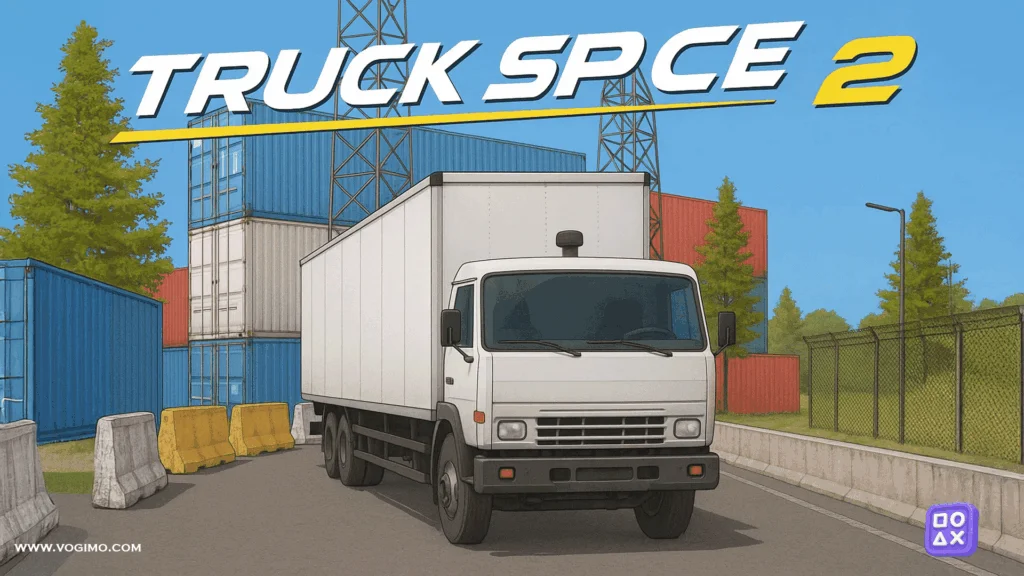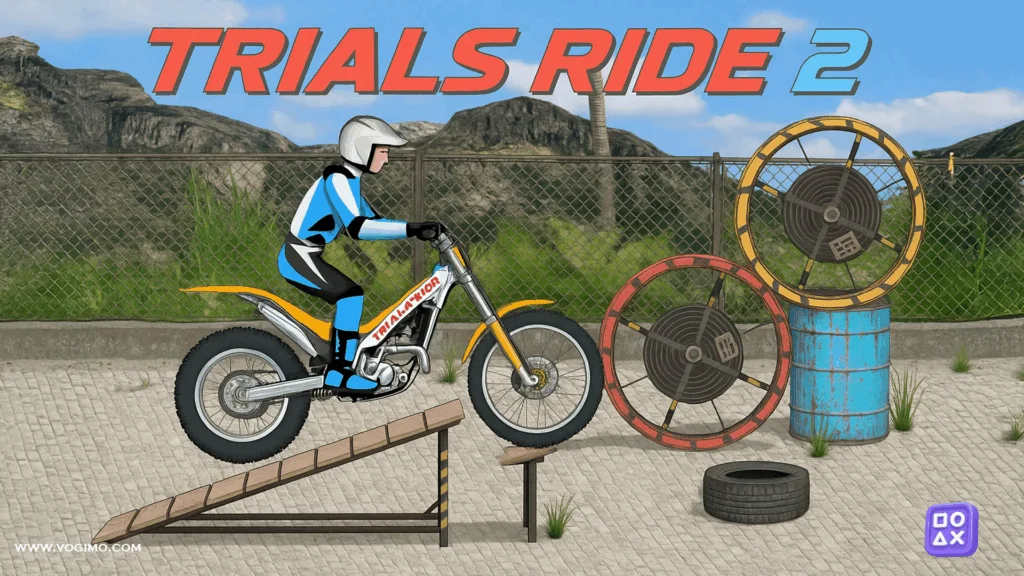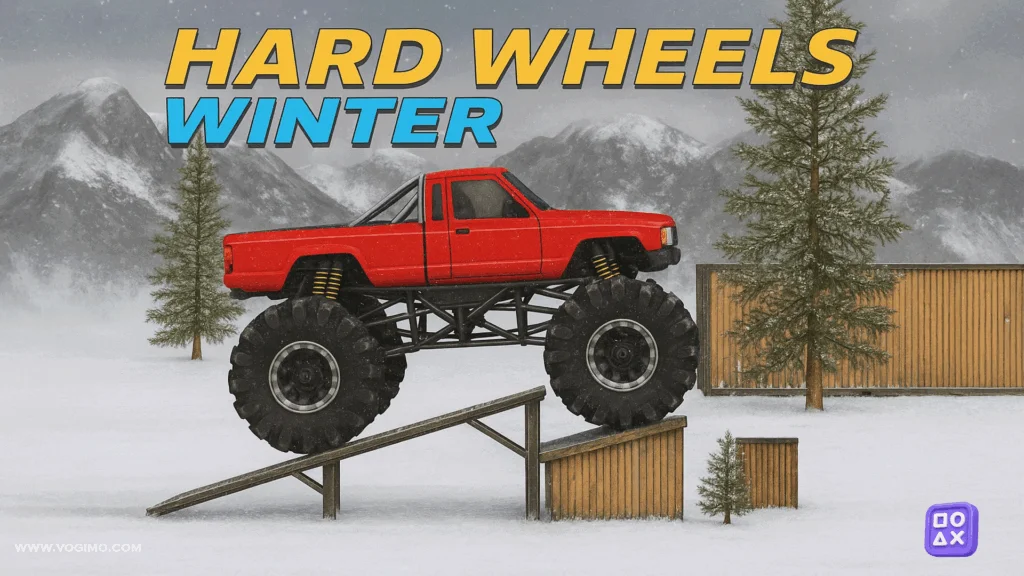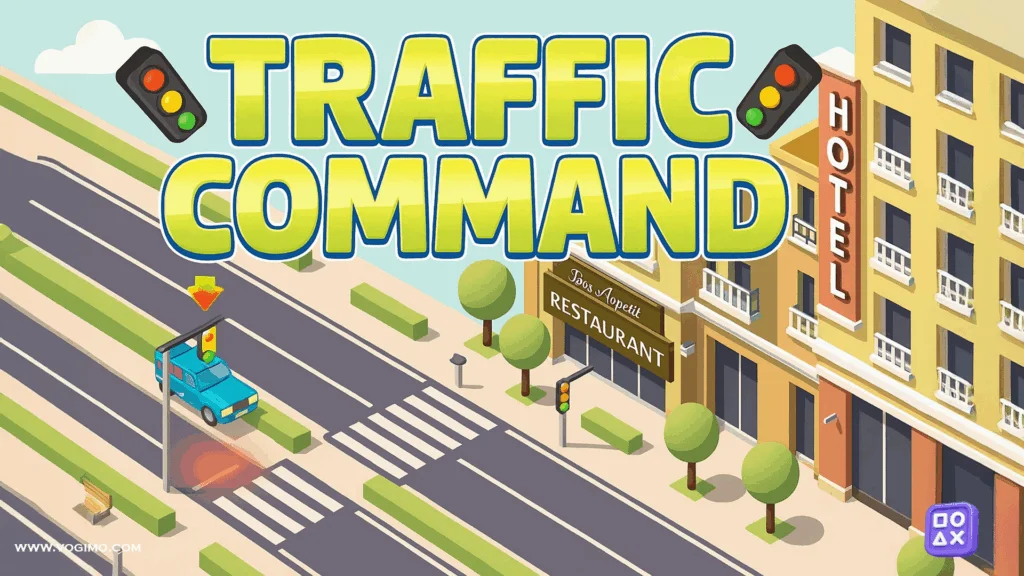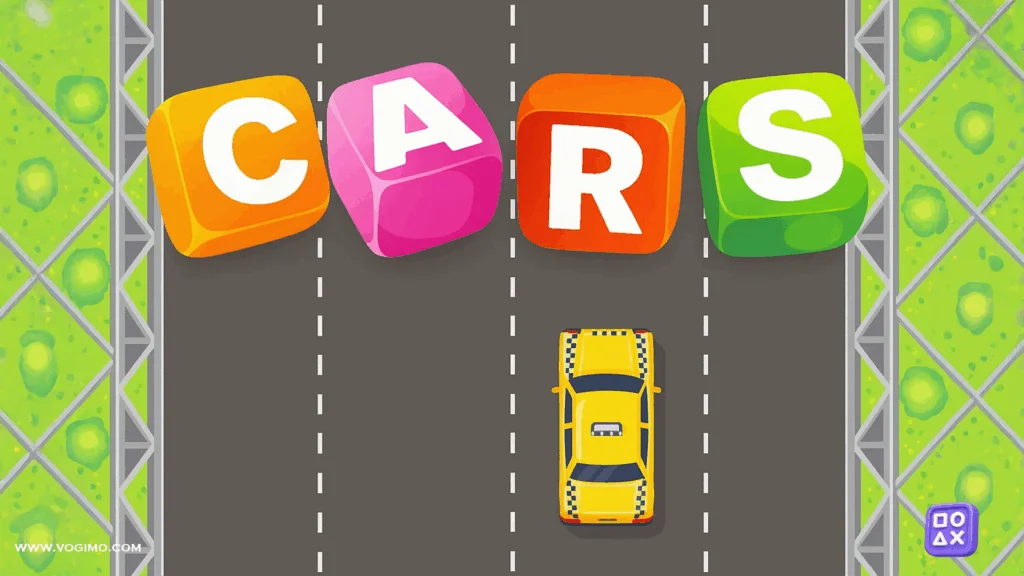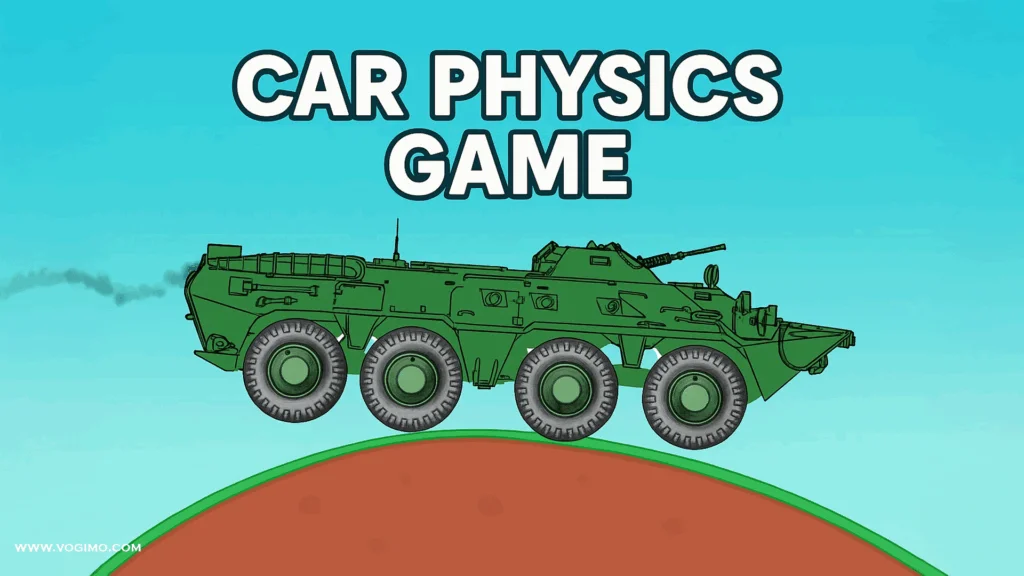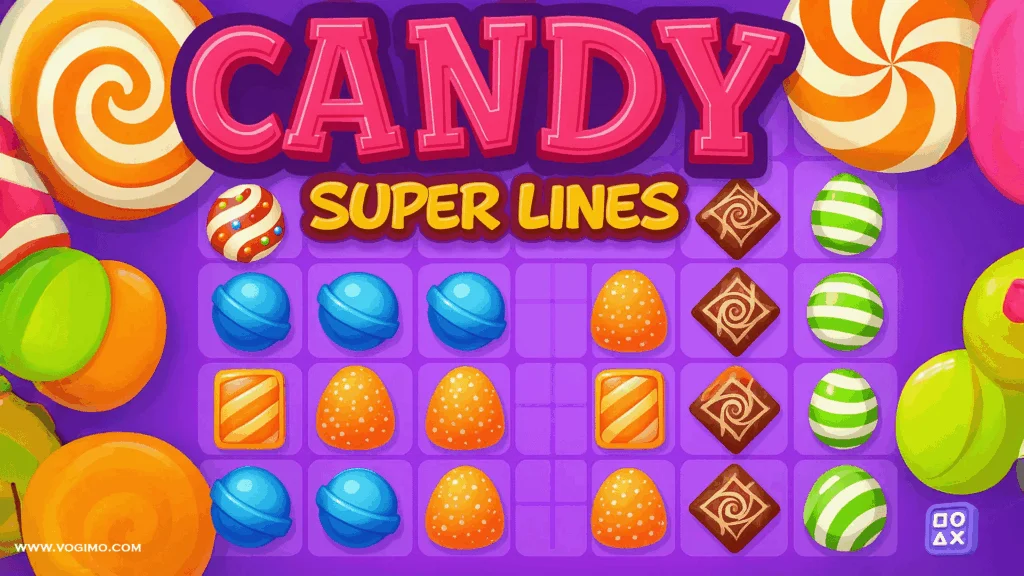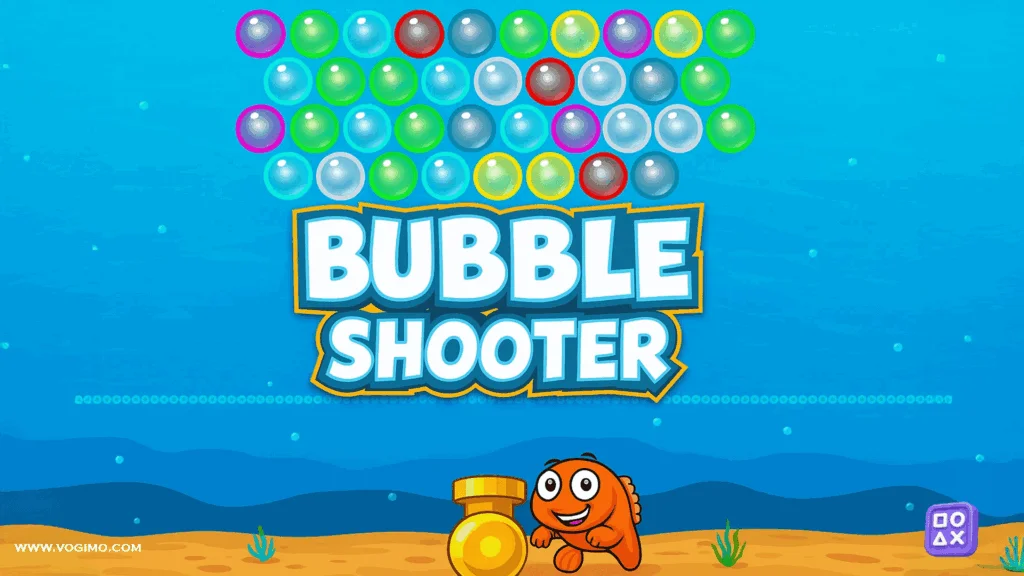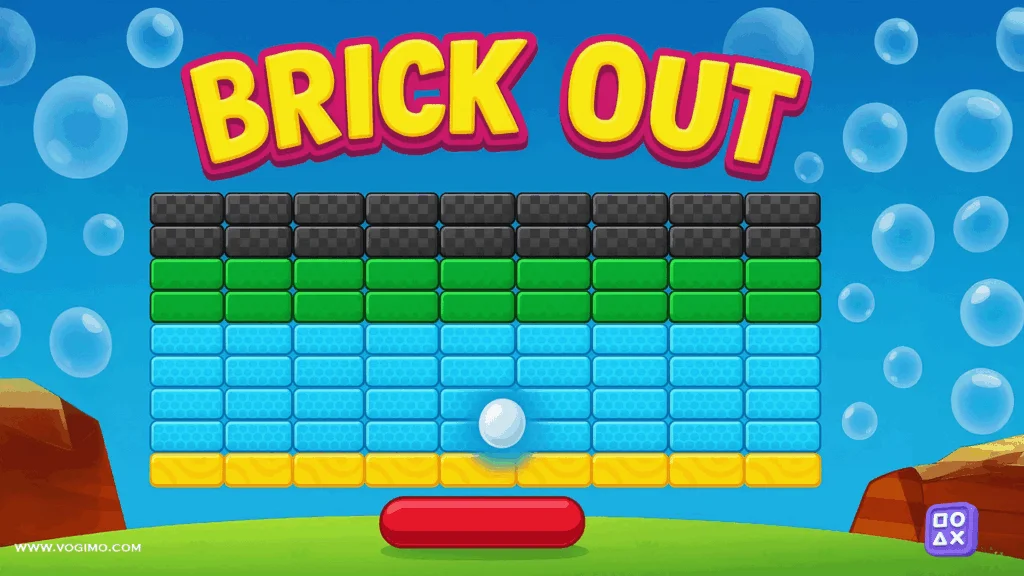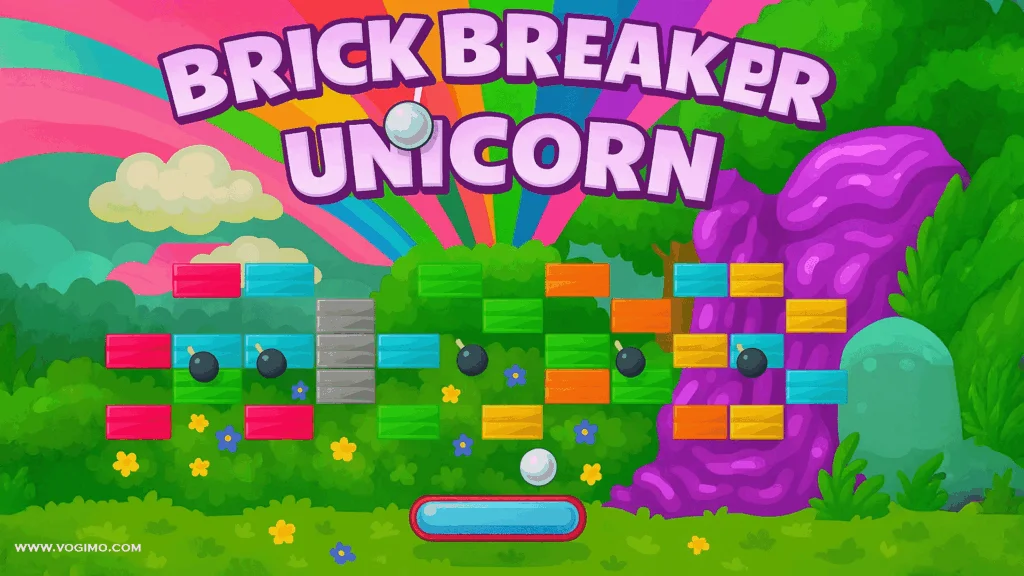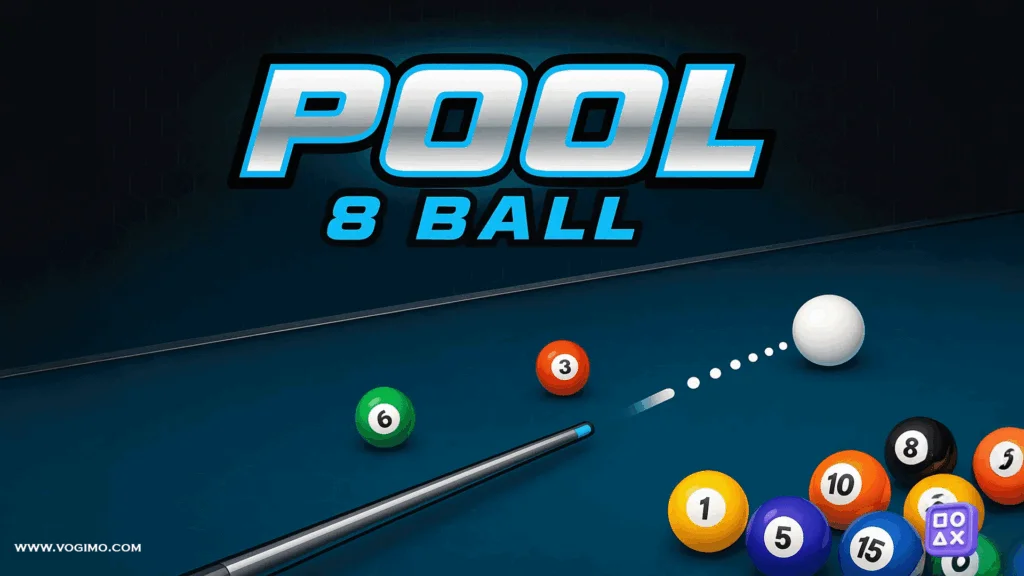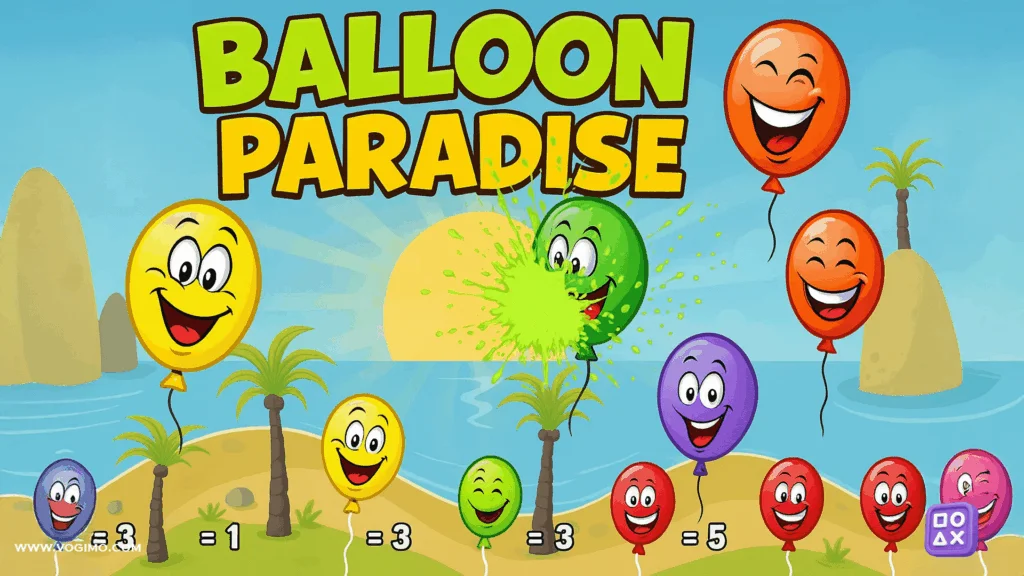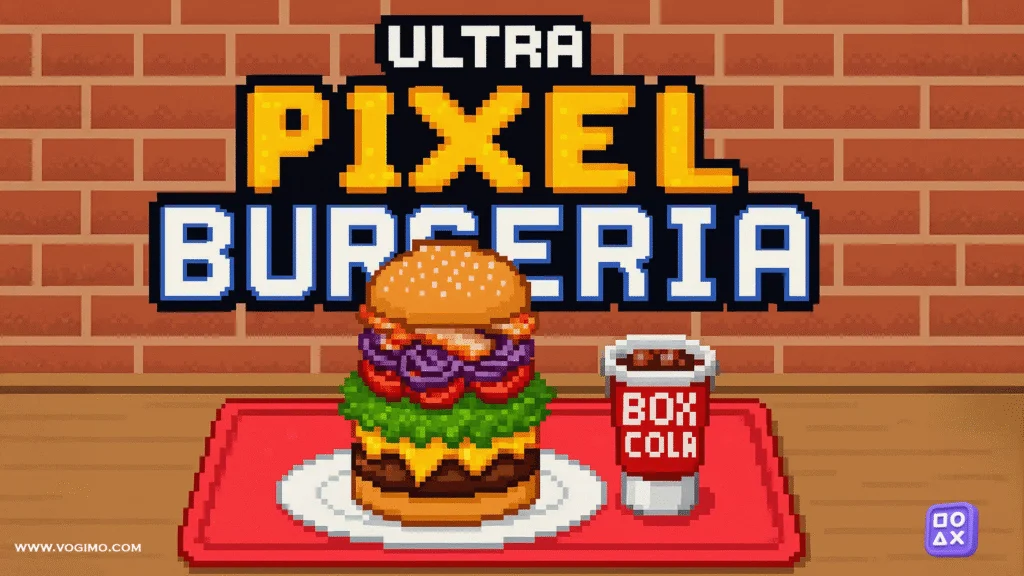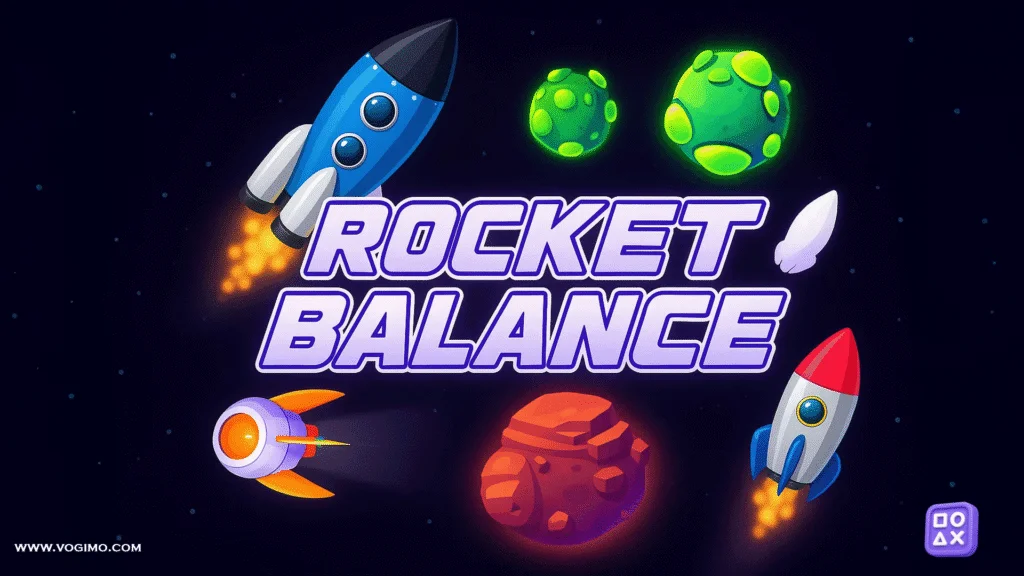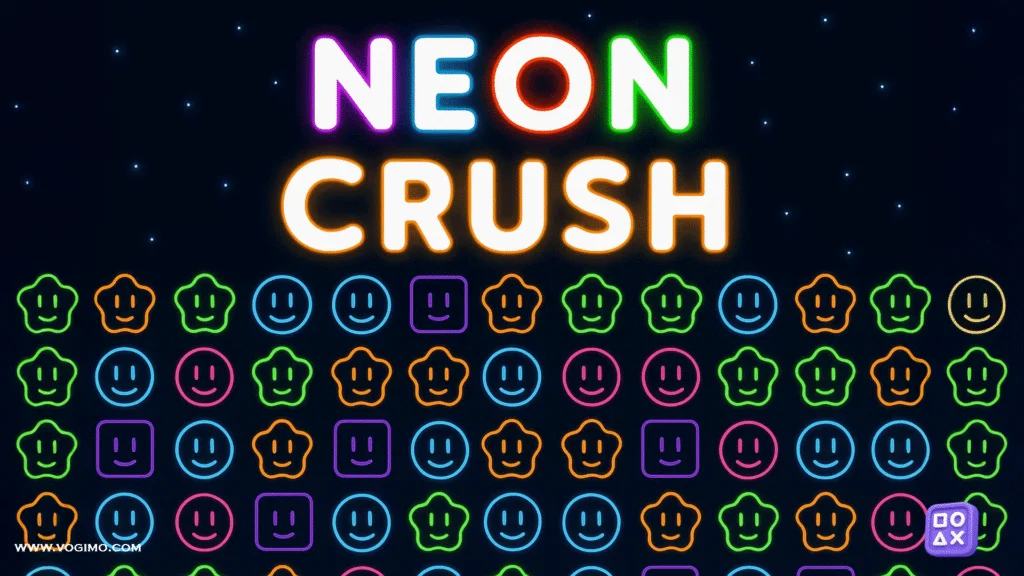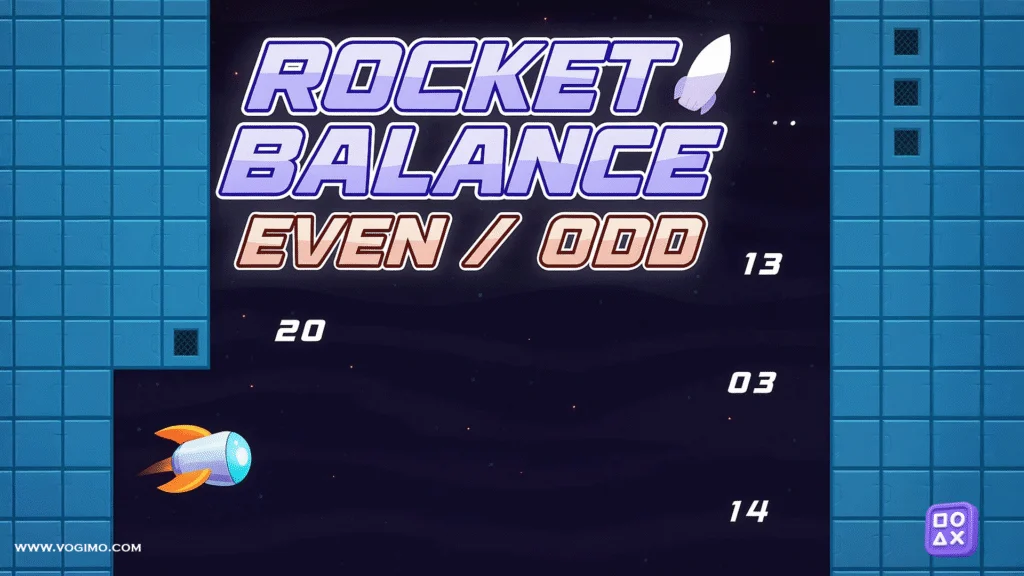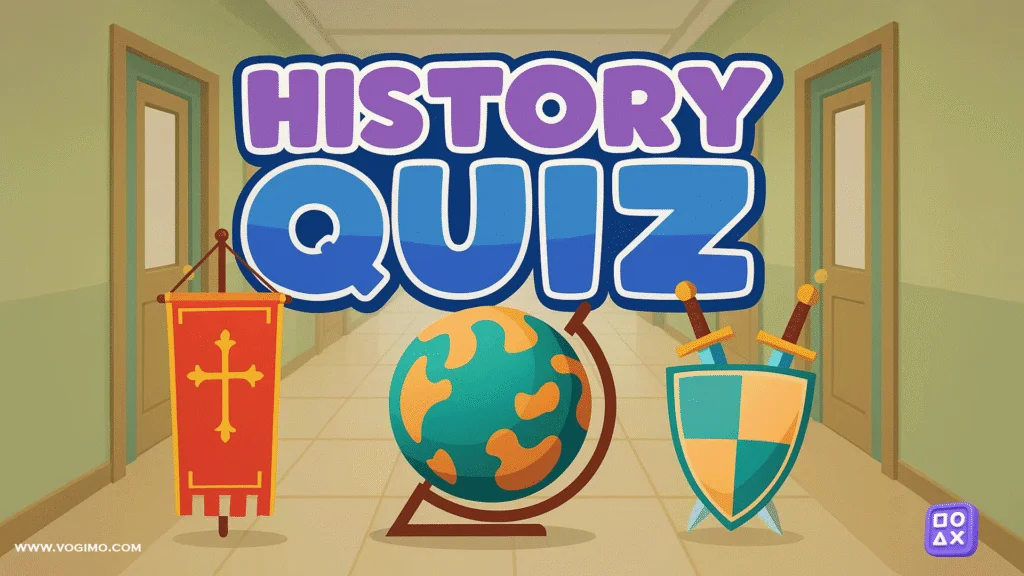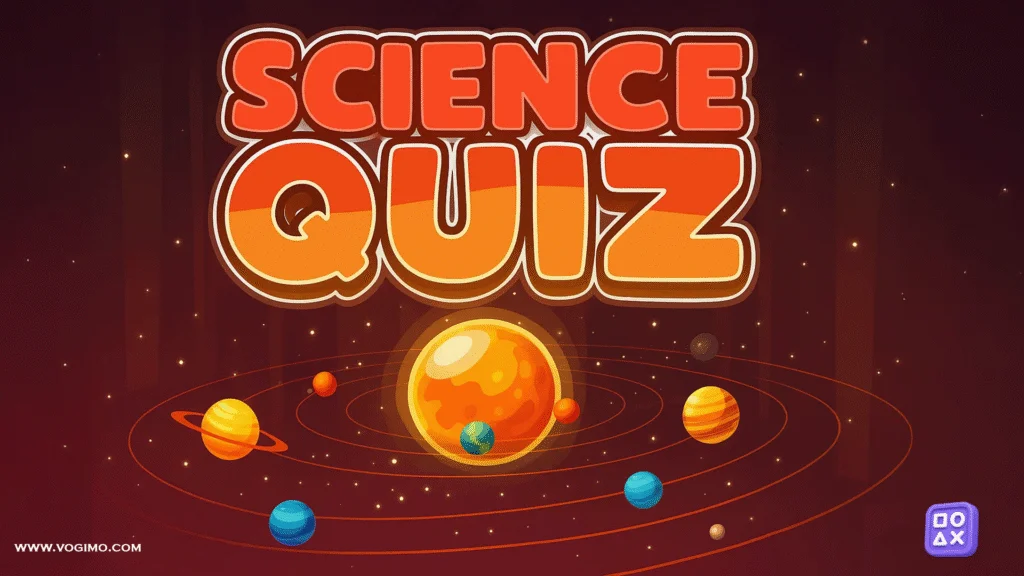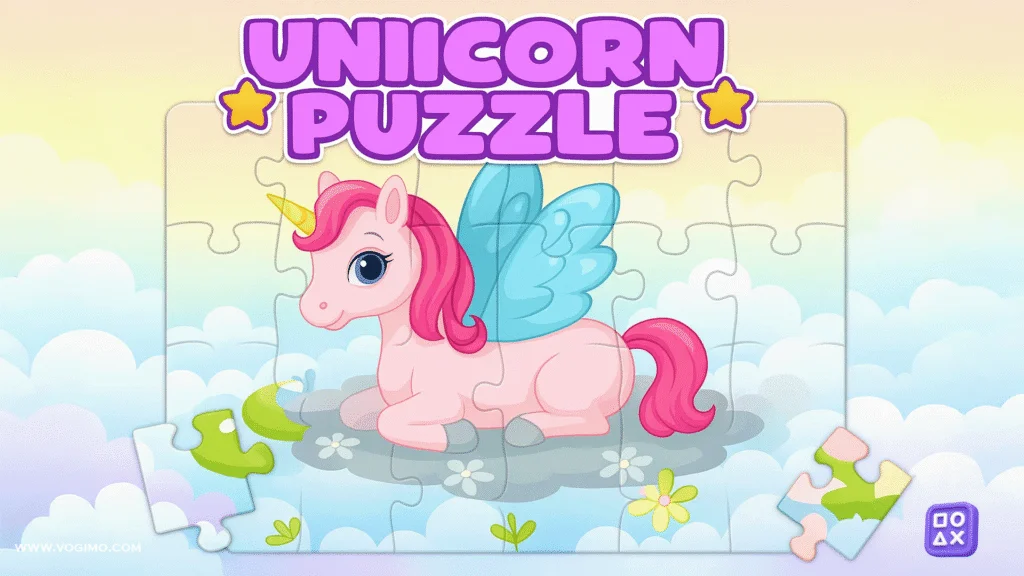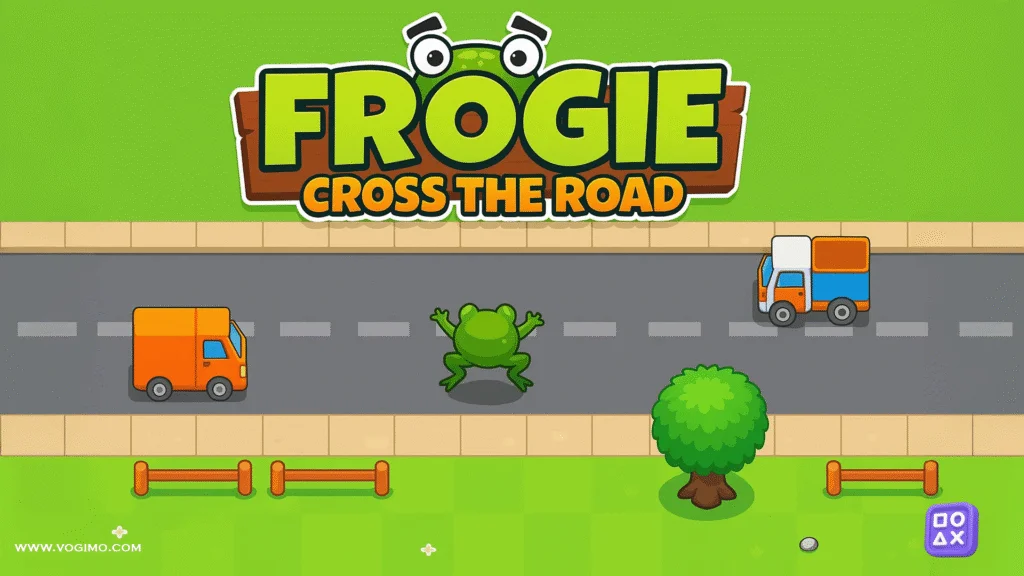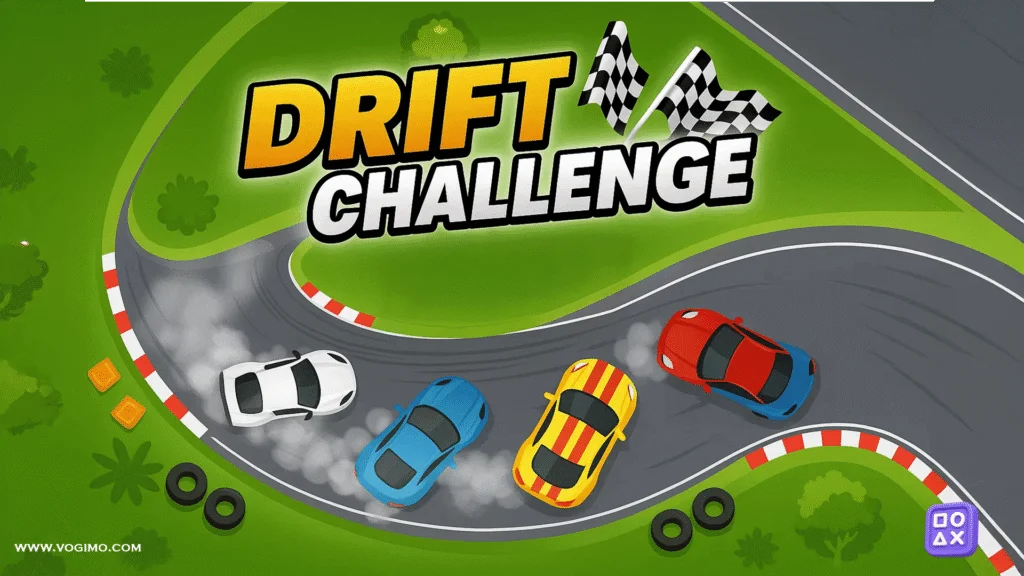Rocket Balance Game — a tiny rocket, tight spaces, and nerves of steel
At first glance, Rocket Balance looks harmless: a slim rocket, a narrow corridor, a blinking exit. Two seconds later your thumbs are sweating. The rule is simple—don’t touch anything—but the moment you nudge the thrusters, you’ll realize the rocket has opinions about inertia. Tap a little power and it drifts; tap a little more and it surges like it’s late for launch. The game appears purpose-built for that split second between “I’ve got this” and “oh no, the wall.”
Your job is to thread tight routes, dodge wandering hazards, and collect energy pickups so the engine doesn’t sputter itself into a firework. Stages start friendly—wide halls, few obstacles—then quietly get meaner: slimmer passages, moving gates, patrol “enemies” that don’t care about your plans. You’ll spend as much time reading the room as flying through it. Sometimes the safest move is to hover and wait for a clean window rather than barging ahead and earning a fresh dent.
What makes it click (or, depending on your temperament, almost click) is the rocket’s weight. It doesn’t stop on a dime. It coasts. You nudge left, it keeps going left for a beat. You tap up, it rises and then settles. It may sound small, but this behavior turns every level into a physics puzzle. The game is not asking for speed; it’s asking for control. The fastest runs usually come from players who look slow—brief bursts, micro-corrections, and a surprising amount of patience.
Energy matters more than it first appears. Each pickup buys you a little extra thruster time and, just as important, a margin for error. Skip too many and your engine coughs at the worst moment. Greed is punished too: chasing a single crystal tucked beside a spinner is a great way to test the crash animation. I learned (the hard way) that it’s better to plot a route that passes near pickups you can safely grab rather than treating every shiny thing like mandatory homework.
Enemies aren’t complicated, but they’re placed to mess with your rhythm. A simple patrolling drone at the mouth of a narrow tunnel can make the tunnel feel half as wide. A rotating hazard near an energy pickup dares you to be brave; sometimes the correct answer is “not today.” The difficulty curve is fair more often than not, though a few layouts may suggest trial-and-error before the solution “feels” obvious. When that happens, I stop, count “one-two-three,” and move on the third beat. It sounds silly. It works.
The vibe is for everyone: quick sessions, clean visuals, and input schemes you already know. Five minutes is enough for a few attempts. Or ten. Or twenty, if you fall into the “one more try” spiral—highly likely.
Controls
Desktop: Left/Right Arrow to strafe, Up Arrow to accelerate.
Mobile: On-screen left/right buttons to adjust, up to thrust.
(You can play gently with taps or hold for longer burns; short taps usually win.)
Quick Tips to Score High
- Feather the throttle. Short, soft taps keep momentum manageable. Long presses tend to over-correct.
- Plan your line. Pause at the start, trace a path with your eyes, then move. Guessing mid-flight is how scrapes happen.
- Use walls as guides, not bumpers. Fly near edges to line up the next gate, but never rely on a graze—touch = fail.
- Time the movers. Count the beat of a swinging hazard (“one-two-jump”) and go on the same beat each cycle.
- Collect with intent. Grab energy that sits on your path; skip risky side pieces unless you’re desperate.
- Stay level. Tiny left/right corrections while you ascend are safer than big side swings at the end.
- Reset your nerves. After a near miss, hover for half a second. Calm rockets fly straighter.
Common Mistakes (and Fixes)
- Holding thrust too long → slingshot into a wall.
Fix: Tap-tap-tap. Think pulses, not presses. - Chasing a bad pickup angle.
Fix: If the approach is messy, abandon it; there’s usually another crystal ahead. - Over-steering when centered.
Fix: If you’re already aligned, do nothing. Over-correction is the silent killer. - Rushing moving gates.
Fix: Wait one full cycle to learn the rhythm, then commit. - Panicking near enemies.
Fix: Stop outside their lane, watch the pattern, then slip through on their return pass.
Fast Facts
- Genre: Precision flyer / physics arcade
- Core rule: Don’t touch walls, hazards, or enemies—ever
- Loop: Dodge, collect energy, survive to the exit
- Session length: 30–90 seconds per attempt (or five minutes if you’re cautious)
- Best mindset: Slow hands, quick eyes
- Audience: All ages; easy to start, tricky to master
- Platforms: Desktop browser and mobile (touch-friendly)
FAQ
Is Rocket Balance more about speed or control?
Control. Speed comes from clean lines and gentle inputs. Going fast first usually means crashing fast.
Do I need every energy pickup?
No. You just need enough. Prioritize the ones that are on your natural route; risky detours often cost more than they give.
Why do I keep clipping corners?
You’re probably steering late. Begin your turn a fraction earlier and use shorter thrusts. Think “anticipate,” not “react.”
Are enemies worth engaging, or should I avoid them entirely?
There’s no combat—just avoidance. Treat enemies like moving walls with a pattern you can learn.
Is mobile harder than desktop?
Not necessarily. Touch controls are precise in short taps; desktop arrows offer fine nudges. It’s mostly about comfort.
Any trick for tiny gaps?
Arrive centered, come in with minimal lateral motion, and use a single short thrust to “float” through. Two small taps beat one big shove.
A quick personal note
I spent my first ten minutes fighting the rocket like it was a bike stuck in mud—full power, then full correction, then a loud crash. The breakthrough came when I started flying like a cautious drone pilot: tiny bursts, early turns, and a willingness to hover while a spinner finished its arc. The levels didn’t change. My patience did. Rocket Balance is likely to reward that shift more than any fancy trick.
If you enjoy games that turn small decisions into big wins—choosing when not to press as much as when to press—this one hits that sweet, slightly evil spot. It’s clean, it’s tense, and when you thread a perfect corridor on a single breath, it feels like landing a paper airplane on a postage stamp.



